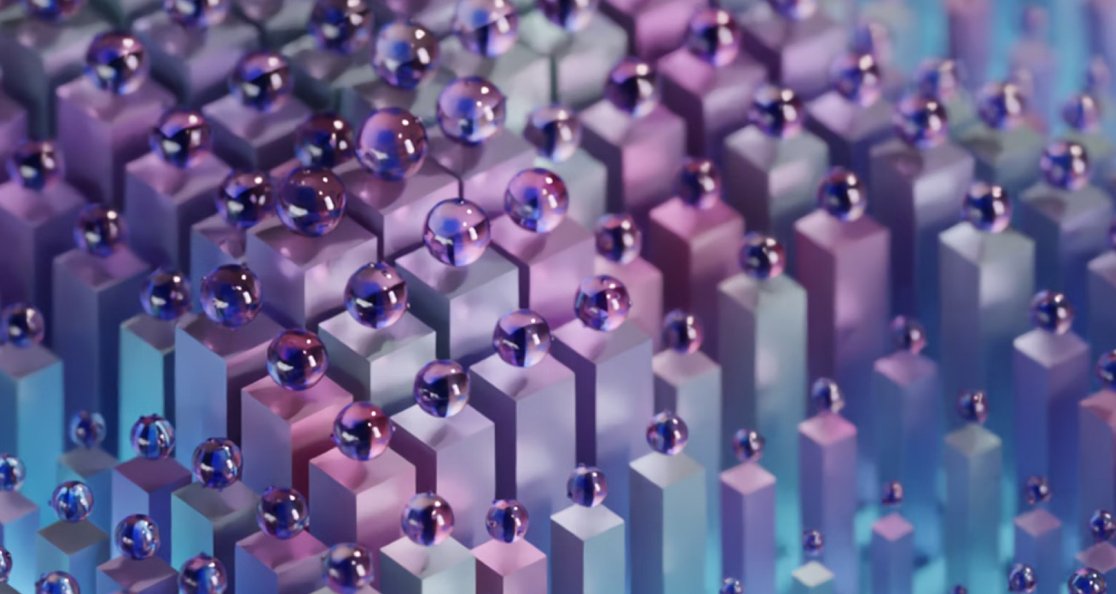Animation has become a staple of modern web design. From smooth image fades to subtle hover effects, the right amount of animation can make your website feel dynamic and engaging. But there’s a tipping point. When every element moves, bounces, or slides into view, your visitors aren’t impressed, they’re distracted.
When Animation Works Well
Thoughtful animation has a purpose: to guide attention, create hierarchy, or enhance interaction. A few examples include:
- Image animations: Fading in photos or graphics for a clean, polished effect.
- Hover states: Buttons or links that gently change color or scale to signal interactivity.
- Scrolling effects: Content that glides in as you scroll, adding depth without clutter.
These kinds of animations are light, purposeful, and add to the experience without stealing the spotlight.
When Animation Crosses the Line
If every headline, paragraph, and image is sliding, spinning, or bouncing, users may find it overwhelming, or even irritating. Too much movement can lead to:
- Slower load times: Extra animations can weigh down your site.
- Poor accessibility: Constant motion can be distracting for visitors with cognitive sensitivities.
- Lost focus: Instead of absorbing your message, users are watching the screen dance.
Finding the Right Balance
The best rule of thumb? If the animation doesn’t serve a purpose, skip it. A few well-placed effects can make your site feel modern and interactive. But when in doubt, less is more. The design should support your content, not compete with it.
We design with intention. That means using subtle image and content animations where they add value, while keeping the overall experience clean, professional, and accessible. We believe your visitors should notice your message, not just your motion.


